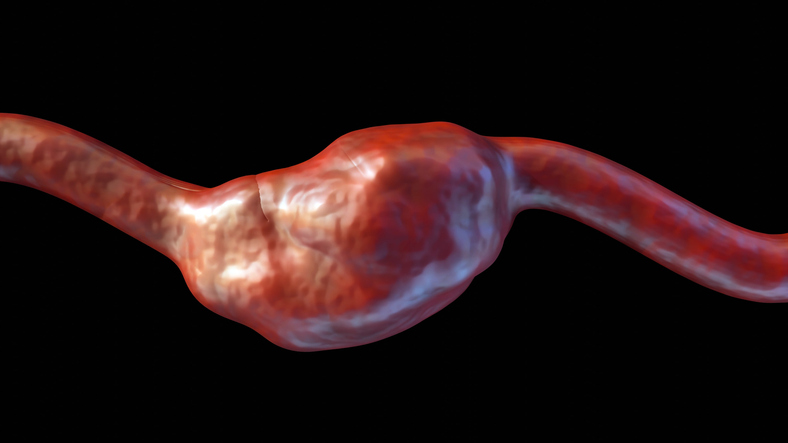
Topline results from the DELIVER trial for dapagliflozin (Farxiga), a sodium-glucose cotransport 2 (SGLT2) inhibitor, indicate a positive reduction in the primary endpoint of cardiovascular (CV) mortality and worsening heart failure (HF) in patients with preserved ejection fraction (HFpEF) or mildly reduced ejection fraction (HFmrEF).
A few months ago, the EMPEROR-Preserved trial for empagliflozin, another SGLT2 inhibitor, was the first to show positive cardiac outcomes in patients with HFpEF. Hence, empagliflozin became the first SGLT2 inhibitor with FDA approval for the treatment of HFpEF. Currently, dapagliflozin in the United States (US) is approved for treatment of type 2 diabetes mellitus, HF with reduced ejection fraction (HFrEF), and chronic kidney disease (CKD). Dapagliflozin is projected to receive an expanded indication for the treatment of HFpEF given results from DELIVER.
Heart failure is a major cause of morbidity and mortality worldwide, affecting an estimated 6.2 million adults in the US (1). According to the American Heart Association (AHA) 2019 update, the health care cost including diagnosis and treatment reached $30.7 billion in 2012 (2).
DELIVER is the largest phase III double-blinded trial performed in patients with either HFpEF or HFmrEF to date, with 6,263 randomized patients internationally. The patients were randomized to receive dapagliflozin 10 mg daily versus placebo, in addition to standard of care. The primary endpoint was time to first event of worsening HF or CV death, which was achieved in favor of dapagliflozin, and full results are expected to be discussed at an upcoming medical meeting (3).
Principle investigator Dr. Scott Solomon (Edward D. Frohlich Distinguished Chair, Professor of Medicine at Harvard Medical School and Senior Physician at Brigham and Women’s Hospital) offered his perspectives: “DELIVER is the largest and broadest trial in heart failure with mildly reduced and preserved ejection fraction specifically because DELIVER included patients who were enrolled in hospital or recently hospitalized, and also included patients with heart failure and improved ejection fraction. This latter group, previously called “recovered” LVEF, is a large group of patients who have been understudied and indeed excluded from nearly all prior randomized heart failure trials. DELIVER also has a large number of patients with LVEF greater than 60% so we hope to be able to address whether efficacy declines with increasing LVEF as we have seen with other trials in this population. We are excited about the positive top-line results and expect to present the full data at an upcoming meeting in the next few months.”
Combined results from DAPA-HF and DELIVER phase III trials have shown the efficacy and safety profile of Dapagliflozin in the treatment of HF patients irrespective of ejection fraction. Treatment options for HFpEF or HFmrEF have been limited, but this is rapidly changing.
Top line results from DELIVER for dapagliflozin in HF with LVEF>40 are positive with reduction in CV death and worsening HF. Another win for SGLT2i! @HFSA @utswheart @MKIttlesonMD @KhazanieHeart @JCardFail @CardioNerds
— Mark Drazner (@MarkDrazner) May 6, 2022
References:
- Virani SS, Alonso A, Benjamin EJ, Bittencourt MS, Callaway CW, Carson AP, et al. Heart disease and stroke statistics—2020 update: A report from the American Heart Association. Circulation. Lippincott Williams and Wilkins; 2020. p. E139–596.
- Benjamin EJ, Muntner P, Alonso A, Bittencourt MS, Callaway CW, Carson AP, et al. Heart Disease and Stroke Statistics-2019 Update: A Report From the American Heart Association. Circulation. 2019 Mar 5;139(10):e56–528.
- Farxiga met primary endpoint in DELIVER Phase III trial, reducing risk of cardiovascular death or worsening heart failure in patients with preserved ejection fraction [Internet]. [cited 2022 May 7]. Available from: https://www.astrazeneca.com/media-centre/press-releases/2022/farxiga-hfpef-phase-iii-trial-met-primary-endpoint.html#!







 © 2025 Mashup Media, LLC, a Formedics Property. All Rights Reserved.
© 2025 Mashup Media, LLC, a Formedics Property. All Rights Reserved.